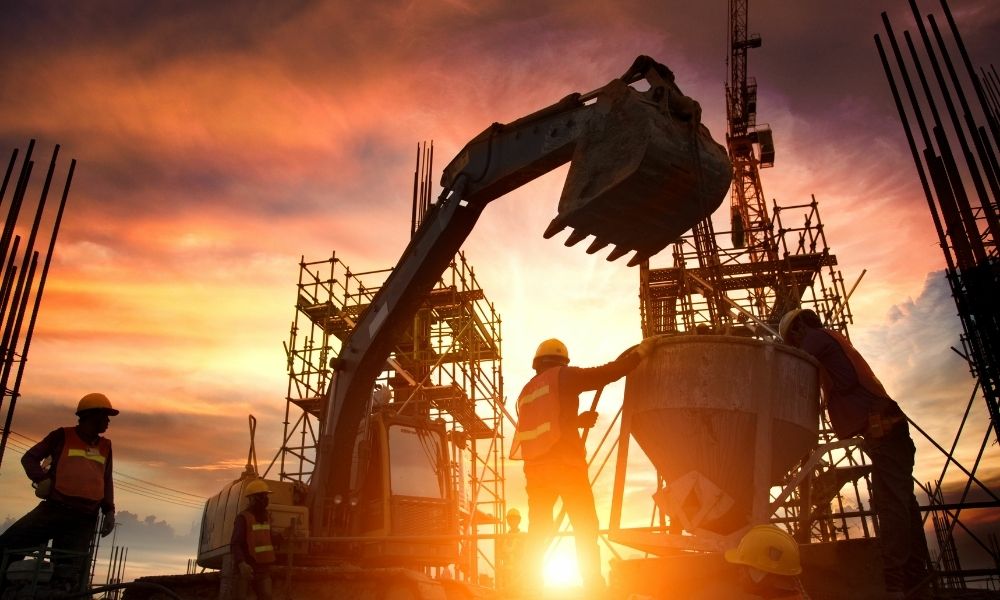How To Improve Safety on Your Construction Site

Few jobs are as hands-on and demanding as the construction industry, and it doesn’t help when a bevy of hazards is present onsite. To keep your workers safe and productive, you should do whatever you can to learn how to improve safety on your construction site and stay in compliance with OSHA guidelines. Here are a few things to improve upon.
Machinery and Tools
When it comes to industrial machinery, there are plenty of edges and components that could present a hazard to your employees who must operate or use them. In accordance with OSHA, machines should be properly guarded to prevent any accidents and prevent damage to the machines. Slips, falls, and other such accidents are the most common sources of injuries in construction, and those injuries can be lessened if they’re less likely to fall into dangerous machinery.
Tools, especially heavy-duty equipment, should be properly stored away and only operated by those trained to use them. Allowing them to sit around the site will turn them into obstacles that could cause employees to trip and injure themselves or worse.
Training Opportunities
Another good method to improve safety on your construction site is to make new training opportunities available to your workers. Not only does this provide them with ample opportunity to learn new skills and potentially further their careers, but it ensures your workers are all qualified to use the necessary equipment for construction and know how to treat them with the care necessary to prevent hurting themselves. This will also help familiarize workers, new and old, with the best practices and processes that every construction site should practice. While such training helps keep your workers safe, you’ll reap the benefits as your workers also become more efficient and productive the more skilled they become.
Enforce Good Behavior
As you go about training your workers, you should ensure those lessons stick and are used by rewarding ideal behavior. This provides an incentive for workers to never cut corners and ensure they’re using the best practices available, even if it means a bit more time or effort. Those who are rewarded for attending meetings, training opportunities, and practicing safety procedures will become role models for the other workers to imitate and learn from if they also want the same perks and rewards.





